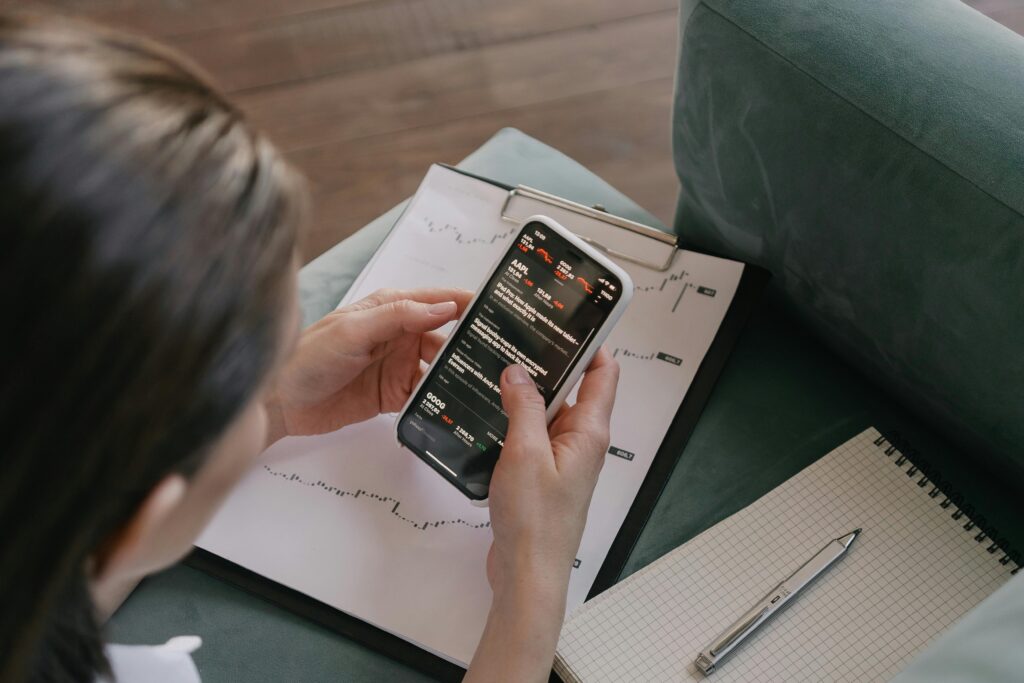What is Day Trading? A Beginner’s Guide
If you’ve ever wondered how people make money buying and selling in the stock market, forex, or even crypto, all within the same day, you’ve just described day trading. But what exactly is it, how does it work, and is it something you can learn as a beginner? Let’s break it down in simple terms.
What is Day Trading?
Day trading is the practice of buying and selling a financial instrument, like a stock, currency pair, commodity, or crypto coin, within a single trading day. The goal is to take advantage of small price movements, often just a few cents or pips, and close all trades before the market closes.
This means you don’t hold positions overnight, which avoids the risks of unexpected price jumps while you sleep.
Key point: Day trading is fast-paced and requires focus, a plan, and risk control.

How Day Trading Works
Here’s the basic flow of a day trading session:
- Pick Your Market – For example, forex (AUD/USD), stocks (ASX200), gold, or Bitcoin.
- Wait for a Setup – This could be a chart pattern, a moving average cross, or a breakout.
- Place a Trade – Buy or sell depending on your setup.
- Manage Risk – Use a stop loss to limit potential losses.
- Take Profit – Close the trade once you hit your target or your plan says to exit.
Most day traders use charts and technical analysis to decide when to enter and exit.
Popular Markets for Day Trading
- Forex: The world’s largest market, trading currency pairs like EUR/USD or AUD/JPY.
- Stocks: Shares in companies such as BHP, Apple, or Tesla.
- Commodities: Gold, oil, or agricultural products.
- Crypto: Bitcoin, Ethereum, and other digital coins.
Tip: Beginners often start with one market to avoid overwhelm.
Why People Try Day Trading
- Potential for Quick Returns – Some trades last minutes, others just seconds.
- Work From Anywhere – A laptop and internet connection is enough.
- Always Something to Trade – With markets around the world, there is usually action in one time zone.
The Risks of Day Trading
Day trading isn’t a quick path to wealth and most beginners lose money at first. The main risks include:
- High Volatility: Prices can change fast.
- Emotional Decisions: Fear and greed can lead to bad trades.
- Overtrading: Taking too many trades can rack up losses.
- Leverage: Borrowed funds can magnify both wins and losses.
Good day traders focus on protecting their account first, profits second.
Day Trading vs Swing Trading
While day trading closes all positions within a day, swing trading holds trades for days or even weeks to capture bigger moves. Swing trading can be slower-paced and less time-sensitive, but it requires holding positions overnight.
How to Start Day Trading as a Beginner
- Learn the Basics – Understand terms like stop loss, pips, bid/ask, and trend.
- Choose a Market – Forex, stocks, crypto, or commodities.
- Pick a Broker & Platform – Popular beginner tools include TradingView, MetaTrader, and Thinkorswim.
- Create a Plan – Define your strategy, risk per trade, and rules.
- Practise on Demo – Trade with fake money to learn without risk.
- Go Live Small – Risk only what you can afford to lose.
Final Tips for Beginners
- Stick to your plan, even when tempted to “chase” a move.
- Keep a trading journal to track what works and what doesn’t.
- Start small and scale up as your skills grow.
- Focus on one strategy until you master it.
Bottom line: Day trading can be exciting and potentially profitable, but it is also challenging and risky. Start with education, practise in a risk-free environment, and always treat risk management as your number one priority.


